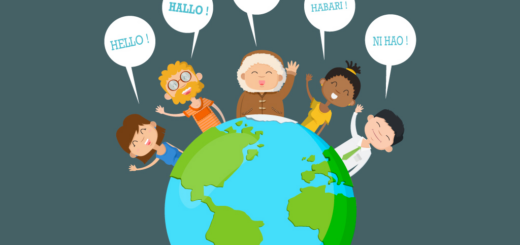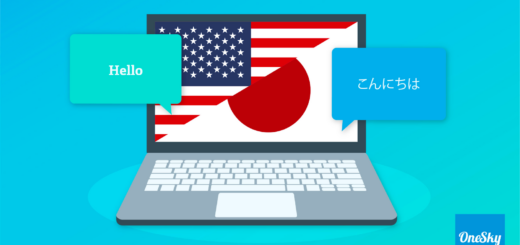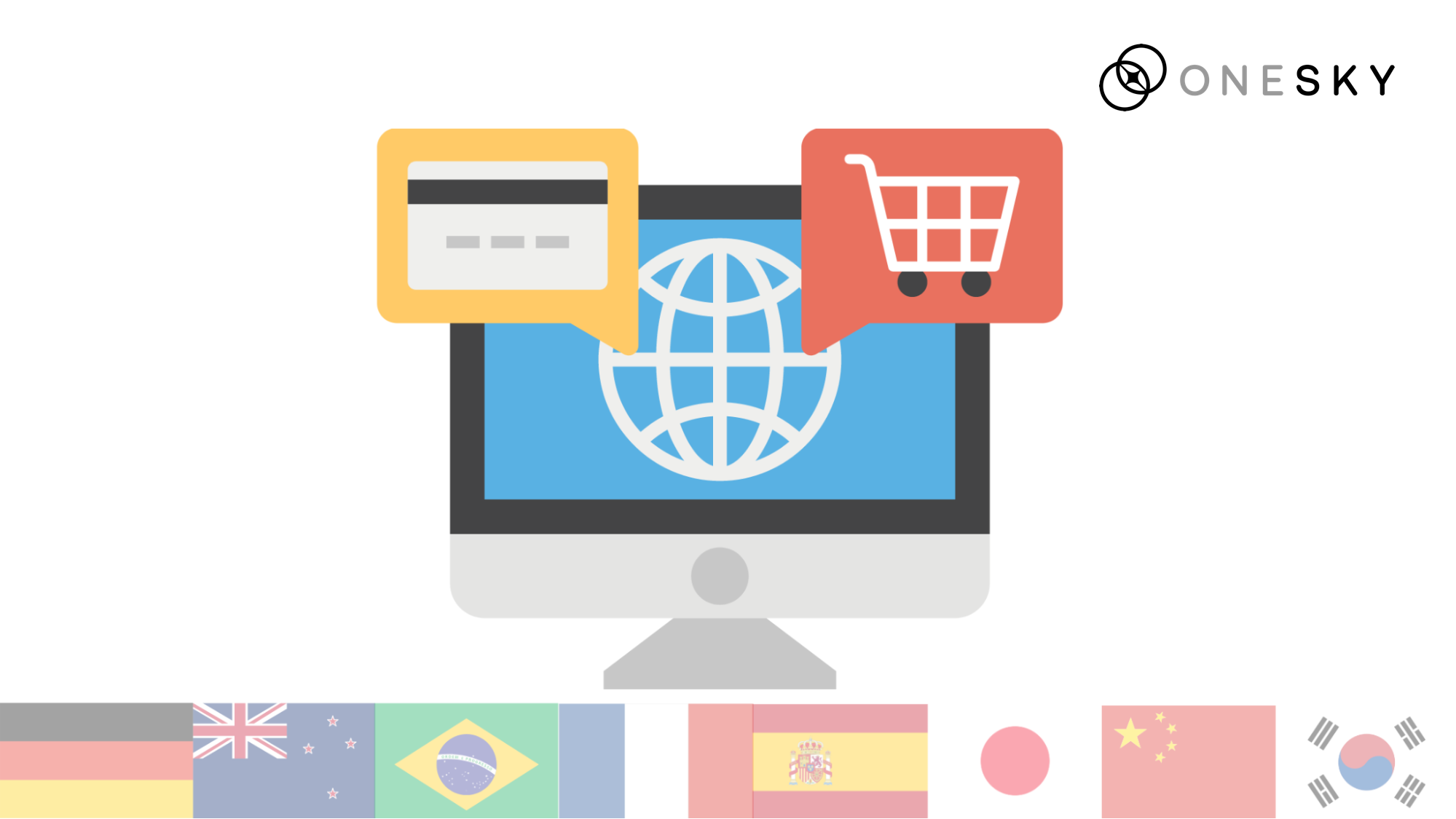Is AI Translation as Good as Human Expertise?
Understanding Artificial Intelligence Translation
AI is growing increasingly popular in the field of translation—and it comes as no surprise. Many are impressed with the concept of automated translation being just a click away, and the results are thought to be “better”’ than what you could get with older machine learning-based translation options.
Is this really the safest and best option for translation, though?
Many in the field are divided. While machine learning isn’t new, AI translation uses a neural machine translation process that allows it to access algorithms that are associated with “deep learning.” This means that it can better mimic human behavior, for better or for worse. While this can add nuance and provide more reader-friendly, accurate content, it can also carry common human errors that can compromise the translation. Organizations and users simply have to determine if the possible benefits of AI translation (of which there are many) outweigh the potential limits to providing accurate translations.
In this article, we’ll be providing you with an empirical overview of the use case and limitations of artificial AI when compared to human translators. We’ll also offer you insight to help you get high-quality translations that can support you in your localization and expansion efforts.
Limitations of AI Translation
As the positives of AI translation are making the rounds on socials and the web, we want to take a look at the other side of the narrative—exploring the limitations of this form of translation technology.
We’ve summarized our findings below, highlighting key areas to evaluate if you’re in the market for AI translation tools:
Lack of Contextual Understanding
While tools like Google Translate can give you a real-time translation in your target language, it’s important to consider how culturally nuanced and correct it truly is. Many languages feature different elements of formal speech and colloquial talk, and AI may not be able to account for these as well as a human translator would.
AI technology is built primarily on algorithms, which are used to create neural networks that continue to refine over time. Translation systems built this way can be compromised by people inputting incorrect content in the algorithm for review, which can lead to inappropriate or inaccurate implications and nuance in the result. This is especially true for culturally-aligned figures of speech, which can easily be missed or misinterpreted as you translate across different languages.
Language-specific Challenges
There are two primary language-specific challenges that many users will encounter when they’re using AI technology to translate:
- Grammatical flow: Some cultures have more complex or varying grammatical flow (such as Arabic or Spanish) compared to Western language models—which many AI translation tools are built using. This can compromise your end result if it is not reviewed or back-translated against a source text.
- Shifts in grammatical flow: Cultural language changes (especially around colloquial or conversational terms) can happen at any time. This can result in “outdated” or “clunky sounding” outputs from your original datasets if your translation software or AI tool isn’t yet optimized for that change.*
*We do want to note: Machine learning algorithms change over time. Even if the shifts you’re trying to account for are now commonplace in your language of choice, it doesn’t necessarily mean that your AI tool (such as chatGPT) has caught up yet! A skilled human translator and a comprehensive review process are generally the best tools to help you to find, fix and prevent translation errors.
Inaccurate Translations
We’ve touched on possible translation inaccuracies that can come from using AI tools in your language translation process. However, there are other things that can go awry, even if your tool is able to preserve a somewhat-accurate meaning in your translated text.
For example: If you work in a highly-specialized field (such as the medical or legal field(s)), there’s a strong chance that your tool won’t be able to choose the most accurate and specific term or context for your translation. Since natural language processing systems rely on algorithms and human inputs, there may be fewer inputs into the system overall due to your highly-specified role and industry. This means that your translation may be compromised, or less comprehensive compared to other translations that may come from the same translation system.
Additionally, users across industries and contexts will likely have problems preserving the tone, style and intended meaning of your original text. AI is simply built to directly translate—often leaving recipients with a piece that lacks the human tone, emotions and context that an origin piece had prior to translation. Translation software can be used to do basal translation, however, a human touch is often needed to bring the translation work full circle.
Cultural and Regional Biases
The actual translation part of translation management is only as good as the algorithm or the person that’s used to drive the translation process. When you entrust your work to an AI-based translation solution, you may be inherently accepting any of the underlying cultural stereotypes or biases that may be included in that system’s algorithm, which can infuse and compromise your work.
This risk doesn’t just extend to cultural inclusion and exclusion, either. Your datasets might be algorithmically influenced to select only dominant languages or dialects, limiting the accessibility of your content on a global and regional level.
Language services who work with trained linguists can help you avoid this risk, as they are trained in a specific context or dialect—and can ensure that any regional or international bias toward stereotyping or more dominant lingual dialects is avoided at every point in your process.
Unable to Handle Professional Documents
Document translation comes with its own inherent risks. Critical industries, such as legal, business and medicine will often rely on these documents to:
- Outline key elements of business deals and contracts
- Define scope of work
- Protect themselves legally from any litigation risks
- Outline medical or legal strategies for clients
- Outline arguments or defenses for extenuating medical or legal circumstances
- …and much, much more.
That’s why it’s important to consider the degree of accuracy your current AI translation tool might have, and how it might affect your content translation quality. There is no room for error when it comes to certain types of documentation—which is why you might choose to have a human translator on staff to directly translate, check work and help automate your translation workflows. This can be especially helpful if you’re dealing with large volumes of document translation, keeping your work from getting lost in the shuffle.

The Role of Human Expertise in Translation
Humans aren’t perfect. However, human translators often have the “leg up” compared to machine translation services and AI translators, providing a deeper sense of context, human connection and skill with each piece they review.
Here are a few benefits you can expect when you use human translators for your content or document translation needs:
Contextual Understanding and Cultural Sensitivity
Linguists are masters of their craft. This means that they may immerse themselves culturally, staying up to date on the shifting cultural preferences of a language in their dialect of expertise. This can only stand to benefit you, as they can infuse an “on-the-ground” representation of that language and culture into each piece.
Working with a human translator can promote a greater contextual understanding of your text overall, leaning into cultural preferences with an unparalleled sense of sensitivity and graciousness. This can help your content to be more widely received, especially if you’ll be touching on hot-button issues or if you expect to be working with a culturally diverse audience.
Quality Control and Review Processes
Multilingual translation is often best done with plenty of review and “checks” for accuracy. This helps to prevent any errors that may be caused by language barriers or contextual misunderstandings that are common to see with AI-translated work.
Human linguists are trained in key metrics to watch for, as well as the norms for location-specific post expectations—such as the differences expected in tone between a social media post, blog post or other publication. This, coupled with the expert’s ability to exceed the standards of other AI-based providers, make human editors the best possible choice for your editing and post-editing process.
While it can be easy to simply invest in a tool like Microsoft Translator or some other Microsoft, Amazon or Google-based product, we’re here to assure you that you just won’t get the same quality that you can get from a human expert that has mastered English and your language of choice.
Don’t Rely on AI Translation—Partner with OneSky
AI translators, while useful, don’t often compare to the expertise that a trained human translator can bring to the table. If you’re looking for translation support, connect with the team at OneSky today. Our professional translators work within a done-for-you translation management system that streamlines and automates your process, connecting you with industry-leading results sooner. For more information and to get started today, please contact us. We look forward to speaking with you soon.











 Written by
Written by 


